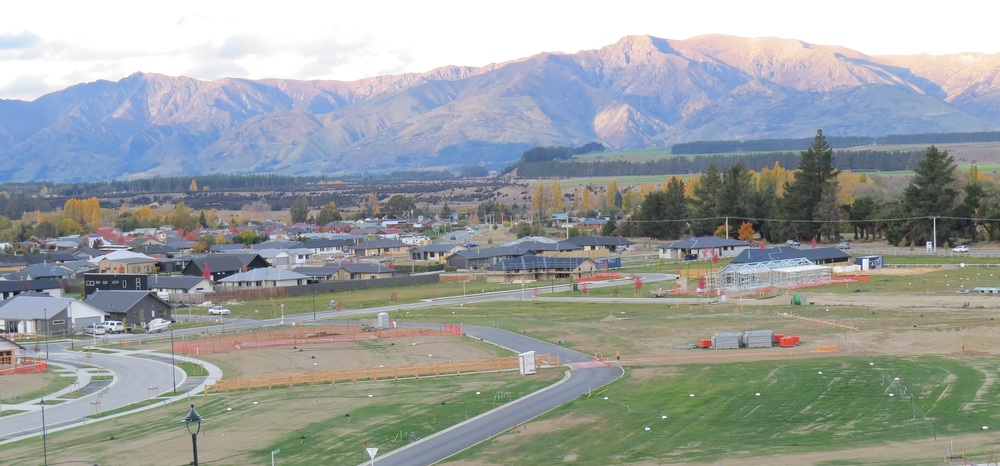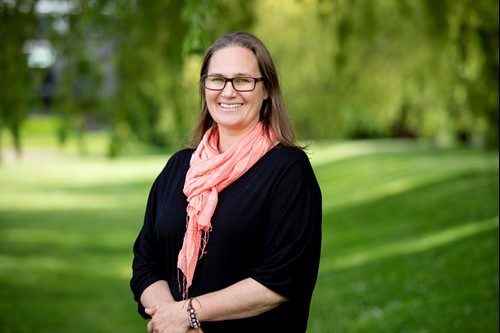Inclusionary zoning: a closer look
Diana Cocks
07 September 2022, 5:04 PM
 Earthworks begin on a new residential subdivision in Kirimoko, Wānaka, where sections have already been pre-sold. PHOTO: Wānaka App
Earthworks begin on a new residential subdivision in Kirimoko, Wānaka, where sections have already been pre-sold. PHOTO: Wānaka AppLast month Queenstown Lakes District Council (QLDC) became the first council in New Zealand to approve the notification of an inclusionary zoning plan change for its proposed district plan.
The model of inclusionary zoning the QLDC has chosen will require almost every landowner undertaking a subdivision of more than a single lot within a residential zone to make a contribution of land or money which will go to the Queenstown Lakes Central Housing Trust (QLCHT) to help it deliver affordable housing for the district’s residents.
There will be exemptions for residential flats, retirement villages or residential units located in a zone that already contains affordable housing provisions, such as Longview in Hāwea.
The recommendation to proceed with this form of inclusionary zoning received the support of all but one of the QLDC councillors as a positive way to promote affordable housing initiatives and was described as “cutting edge”.
Read also: Big win for community housing trust
The pros and cons of inclusionary zoning
Housing affordability is a significant issue in this district principally due to the district’s high median house prices compounded by many households earning low-medium incomes.
In May this year, a council report said, the average house price in this district was estimated to be 13.9 times the average household income, while across New Zealand the average house price was 8.81 times the average household income.

The QLCHT has built 11 homes in Albert Town’s Riverside subdivision since 2017. PHOTO: Wānaka App
The purpose of this inclusionary zoning tax is to generate funding for the QLCHT. Since 2007 it has been gifted land via negotiated settlements with land developers in subdivisions throughout the district, including Riverside, Northlake, Hikuwai and Longview.
But with the repeal of the Special Housing Accord legislation and few other negotiated settlements in the pipeline, QLCHT needs a new source of funding to continue to provide affordable housing.
Inclusionary zoning is a widely discussed option popular with some councils as it’s a targeted tax not a general rates increase. It has been tried in some other countries with variable success.
As QLDC will be the first council in New Zealand to use this approach, the legal basis of this mandatory method of inclusionary zoning “will likely be challenged” in the Environment Court, which will take time and ratepayers funds to defend, a council staff report acknowledged.
The new tax may also result in some extra costs for development, which may get passed forward to future homeowners, or be absorbed into land values, the report said.
The cost of inclusionary zoning
The tax could have major implications for developers and those wanting to build homes, adding tens of thousands of dollars to the cost of subdividing and building, lawyer Graeme Todd said.
Someone subdividing their land to build a 150m2 dwelling in Northlake, for instance, will pay a minimum of $22,500 on obtaining their building consent and a 400m2 home will require a contribution around $60,000, he said.
Also this proposed tax is retrospective, he said, in that it will capture landowners who have already purchased a section but don’t yet have consent to build.
The QLDC will be sending a letter to all property owners, inviting them to consider the proposed inclusionary zoning plan change and make a submission.
Public consultation on the proposed tax
Initial public consultation occurred last year when QLDC revealed its draft Queenstown Lakes Homes Strategy.
Four options were suggested by council, ranging from offering incentives to provide contributions towards affordable housing initiatives through to requiring landowners developing their properties to contribute either money or land.
Feedback received last year showed significant public support for measures to address housing affordability, a council report said, with most supporting the option to make contributions mandatory for all new developments and redevelopments.
The public can provide further feedback when submissions on the proposed plan change open in October.
Proposed alternative option
Councillor Niki Gladding was the only councillor to vote against the proposed inclusionary zoning in the August 11 meeting.
Niki told the Wānaka App there are two parts to the housing affordability crisis: the cost of housing and low wages, and while inclusionary zoning addresses the first part for “a lucky few” who are helped by organisations like QLCHT it could also make the overall problem worse.
QLDC councillor Niki Gladding. PHOTO: QLDC
“My opposition is more about the fundamental approach, the likelihood of success, and unintended consequences.”
“I don’t like our chances in the courts [and] I think we could spend five to six years and $1M-$2M fighting for this and come out with nothing to show for it.”
“I support creating a revenue stream for the QLCHT but not this way... I think we need smarter solutions.”
Niki has requested council staff investigate the potential to use the Rating Act to generate a funding stream and the District Plan “to shift buyers and developers towards demanding and building much smaller homes”.
For example, she believed revenue could come from ratepayers using their homes for residential visitor accommodation, the tourism/commercial sector, and from owners of empty homes.
She said 40 percent of the district’s housing stock was recorded as empty in the 2018 Census “so this is a huge part of the problem”.
The council webpage outlines the issues and options when planning for affordable housing.
The inclusionary zoning plan change is expected to be publicly notified next month and the proposed provisions and details of how to make a submission will be available on QLDC’s ‘let’s talk’ website soon.






